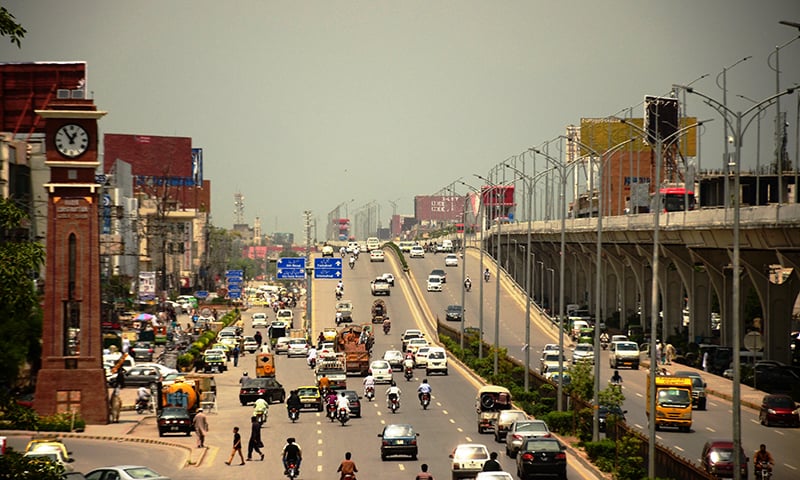Engineering Post Report
Pakistan has the highest rate of urbanization in South Asia. As per Population Census f 2017, urbanization had increased from 32.52 per cent to 36.38 per cent during 1998 to 2017.
However, based on a modified definition of urban settlement, ratio of urban to rural population could be 40 per cent or even higher, therefore, it is estimated that by 2025, nearly half of the country’s total population will be living in the cities.
The process of urbanization and economic development in Pakistan has been mutually inter-dependent. Confirming to the world-wide trend, the urban centres in Pakistan, have become the drivers of economic growth , it is estimated that the cities contribute around 80 per cent of the country’s Gross Domestic Product (GDP).
Urbanization in many developing countries has occurred without growth, jobs and productivity. The benefits of urbanization can only be accrued by comprehensive public policies. Unplanned and unmanaged urbanization has resulted into urban slums, environmental degradation, poverty and inequality.
Moreover, rapid urbanization is already stretching the cities’ resources in Pakistan. The tremendous challenge of absorbing massive number of people in urban areas and providing them with shelter, food, employment , healthcare, education, municipal services and recreation facilities has become more difficult given shortage of urban facilities and resources, skilled manpower and good governance.
However, despite challenges , urban areas demonstrate immense economic potential to generate growth in the country, the official sources pointedly stated.








